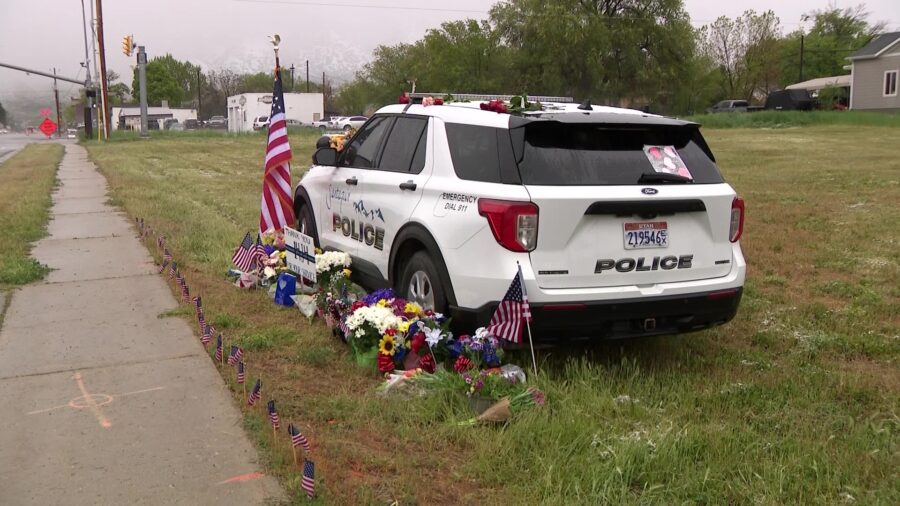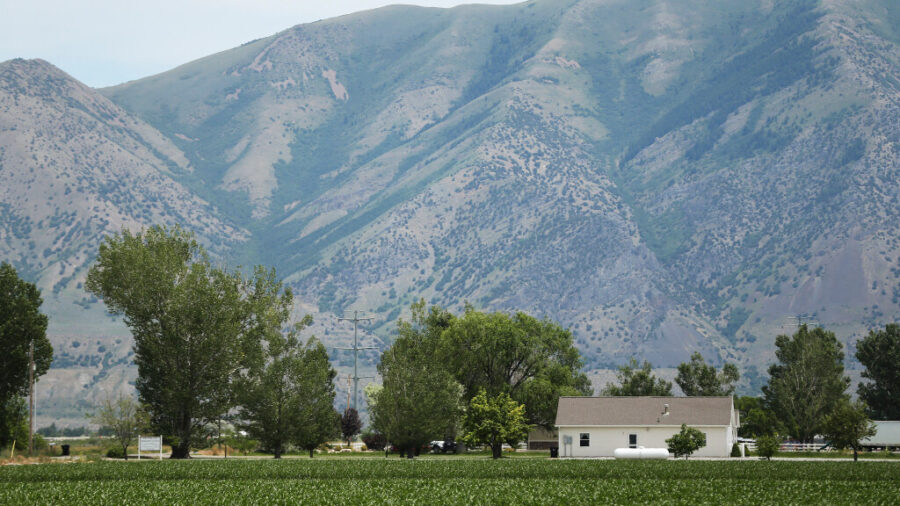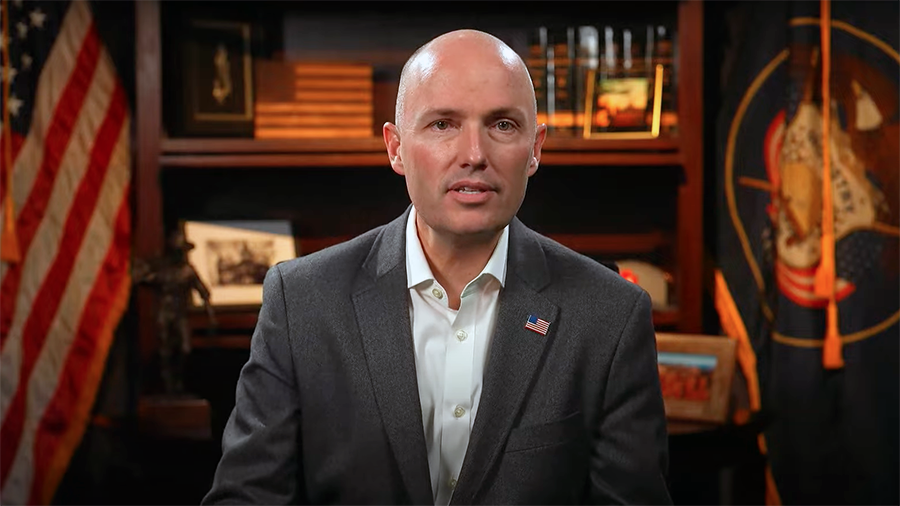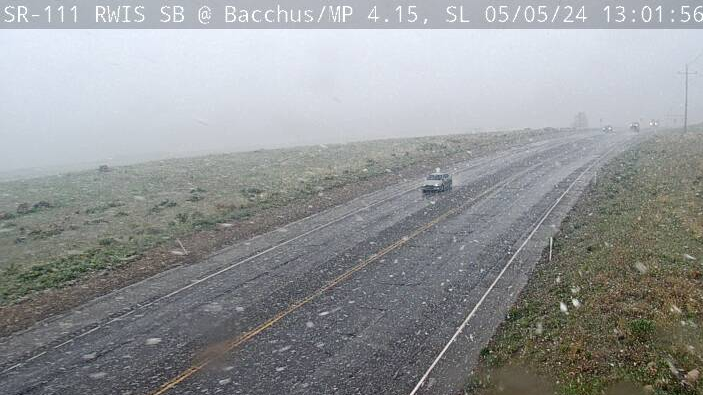Utah State Board of Education clarifies districts are in charge of bathroom law implementation
Apr 23, 2024, 7:46 PM | Updated: 7:51 pm
SALT LAKE CITY — The Utah State Board of Education is clarifying that it’s up to school districts to decide how they implement a new bathroom law in schools that requires students to use the bathroom according to their gender assigned at birth.
At issue was Salt Lake City School District’s implementation of the law’s language that says that a district must “give notice” to students about which bathroom to use.
“[The Utah State Board of Education] has not provided guidance or direction, nor has USBE been directed by the state legislature to issue guidance or direction to [districts] regarding this bill. [Districts] will determine how best to communicate the requirements listed in the bill to the students and families in their respective communities,” USBE Director of Strategic Communications Ryan Bartlett said in a statement.
The board issued the above statement after some parents in the Salt Lake School District planned a “dance protest” while a classroom presentation on the topic was ongoing at Emerson Elementary. Homerooms were set to roll out the new guidelines this week.
The Salt Lake City School District said that it wanted one consistent message to be given to students, but Kristen Kinjo, who has three boys in the district, said the public nature of the PowerPoint presentation in class was problematic for her.
“I don’t want somebody else telling them like you are either a girl or a boy. Like if you’re trans or non-binary, you don’t exist,” Kinjo said. “The only gender-inclusive bathroom for most of these kids is the faculty bathroom,” Kinjo said. “So, they’re forced to either choose coming out or going to a bathroom that no other kid is forced to use.
The new law requires that biological males use men’s rooms and biological females use women’s restrooms in “government owned or controlled” facilities unless a person has fully transitioned and changed their birth certificate. It defines male and female by an individual’s reproductive organs.
The bill also requires more single-occupancy spaces in new buildings and to study the feasibility of retrofitting. It also requires schools to develop a “privacy plan” for students.
The district has since walked back their plan to present in classrooms, saying it will now reach out to families directly impacted by the law.
“Rather than delivering homeroom presentations to all students next week, our schools will reach out to impacted families directly to make sure students affected by the changes in state law regarding bathroom usage, along with their families, have the information they need to create a plan that meets both their student’s needs and the requirements of the law,” the district wrote in an email to parents.
“I don’t think there’s a good way to implement a bad law, a law that is harmful to the mental health of the most vulnerable population in Utah,” Kinjo said.
The law’s sponsor, Rep. Kera Birkeland, R-Morgan, told KSL TV that it was the legislature’s intent that the school district decide how to implement the law, so long as it is “communicated in a common sense, age-appropriate manner that accounts for the needs of all students.”
For Kinjo, she’s hoping her local district can find a less public way to address bathroom use for transgender kids.
“I want these kids to be safe and to know that they have adults who care about them,” Kinjo said.
The part of this law that governs bathroom use in schools has already taken effect. Starting May 1, schools could be fined if they don’t implement the law.













